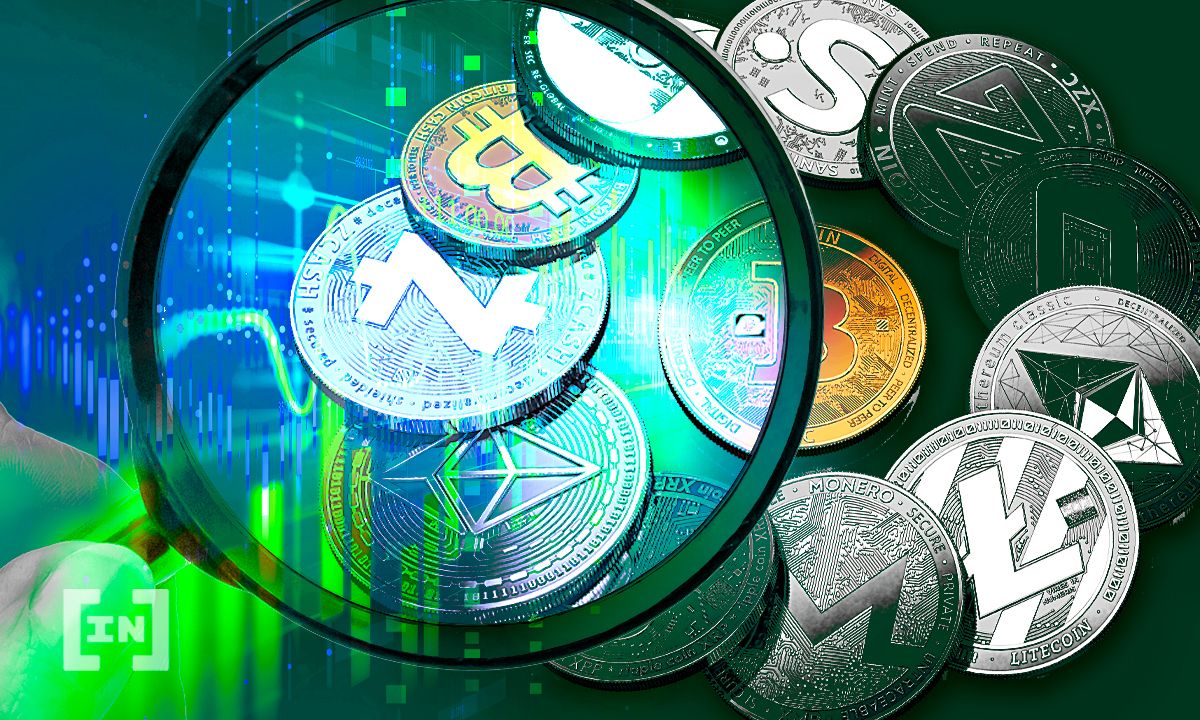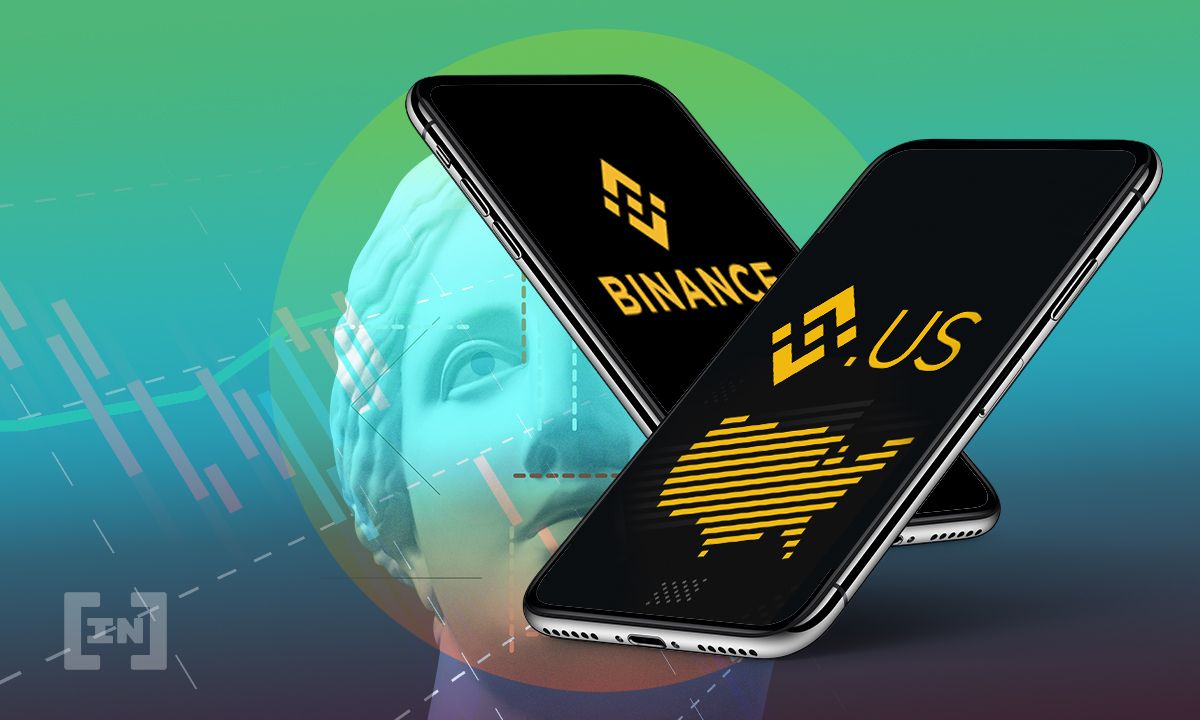There are many cryptocurrency exchanges and wallets that provide great features for trading and investment, but one of the main platforms is Binance. Founded by Changpeng Zhao, a developer who built a number of different investment tools, the platform has grown massively over the years. One particular question remains: Binance vs. Binance.US.
While both offer a similar experience to their user base, there are certain important differences that could be important to the average cryptocurrency investor. Furthermore, as of late 2020, users in America can only Binance.US. However, for some other users, they have the choice. Read on for details of which may be better and why.
In this guide:
Supported cryptocurrencies

One of the clearest distinctions between the main Binance platform and Binance.US is the number of cryptocurrencies (and fiat currencies) with which you can trade. As of early 2021, the number of cryptocurrencies on Binance.US stood at just 53, while the original version of the platform supports over 200 different coins.
If you are a user outside the U.S., there are greater opportunities to trade and buy numerous coins on one platform. For those in the U.S. wanting to do the same, they may find themselves resorting to the use of other crypto exchanges.
Trading fees
When it comes to fees, both platforms have the same standard fee of 0.1%. The difference is that additional fees vary, depending on whether you are within the U.S. or not. For example, fees for bank transfers to your Binance account are free outside the U.S. However, depending on your method of transfer, U.S. users may pay up to 4.5%.
This disparity in fee structure favors users outside the U.S., where the higher fees may be related to tighter regulation of crypto in the country. By comparison to other platforms, the fee structure of Binance.US and Binance looks more complicated. Users from outside the U.S. benefit from lower fees.
What makes the fee structure so complicated is Binance’s focus on different fees for different levels of users. While, theoretically, this is similar in both the main platform and Binance.US, the American platform has fewer of these levels. For some, this may seem simple and clear; but it could also mean that using Binance.US is more costly than its main counterpart.
Liquidity
For users of Binance.US, while liquidity is not a major issue, Binance does support more liquidity, enabling faster transactions and trades, something which is important for the world’s biggest cryptocurrency exchange. Still, the U.S. platform is still to catch up when it comes to providing users with the same amount of liquidity and ease when trading.
This, for users in the U.S., is rather unfortunate, making it a slower experience overall, perhaps leading to some finding alternatives to Binance.US. While the options in the U.S. are more limited, there are alternatives to Binance.US.
Supported countries
While supported in the United States, this is not entirely accurate, despite what the name suggests. Unfortunately, while most users in the U.S. can use this platform, it is not available in all states. Currently, the platform is only available in 43 of the 50 U.S. states. This is far from perfect, and the company has said that it plans to launch in all states by the end of the year. Whether this will happen remains to be seen.
It is also the case that not all of Binance services are available in every country. One such country, while perhaps surprising, is the U.K. As of mid-2021, as the FCA (Financial Conduct Authority) ruled that the company’s U.K. arm is unable to conduct regulated activity, it has had a knock-on effect for U.K. users.
While, theoretically, U.K. users are still able to fully use the platform, responding to the ruling, a number of U.K. banks, including Barclays and HSBC, have since banned their customers from depositing into Binance.
Users must face such restrictions when using Binance. Among countries to crackdown on the company are Hong Kong, Malaysia, and Lithuania. However, many countries do have full use of Binance, and these countries present opportunities for growth in these areas for the future.
Customer support

Reviews of Binance.US are, on average, worse than those of Binance, a small consolation for those who live outside the U.S. Despite this, many of the issues pointed to regarding support for American customers relate to issues that stemmed from the company’s rushed set up of the newer website.
Support for users of both platforms definitely needs some improvement. Currently, the support provided by Binance beats that of Binance.US. With the restriction limiting U.S. users to this platform, many choose to shift their accounts to other crypto exchanges completely.
Trust and reputation
While much of the trust and reputation of both Binance and Binance.US depends on the support and functionality of the two platforms, customer support is not the only factor that may affect their reputation. One such factor is the number of outages that the platforms have had, something far more common in the rest of the world than in the U.S. and a particular issue in mainland Europe. On this basis, Binance.US (despite being the newer platform) has experienced far fewer problems recently, boosting its reputation in territories that can access it.
Despite this, any lack of trust in Binance has a knock-on effect when it comes to how users perceive its U.S. platform, due to the close association of the two. On reliability, the U.S. platform comes out on top. This does not mean that either have a good reputation. Binance has work to do, and lots of it.
Increasing regulation
Several factors explain why Binance.US launched a separate platform. Changes in regulations and Binance’s own rules reaction to external changes stand out as a large driver.
In recent days, the company has stopped those in Singapore from making trades on their platform, reacting to a tightening in regulations locally. While Binance remains the most preferable of the two platforms currently, it is important to remember that changes such as these have an effect on which may come out on top.
Binance vs. Binance.US: The verdict
Outside of Binance there has been a shift to using Coinbase or Gemini, but out of the two reviewed above, there is one clear leader.
Binance, the original platform, despite its many outages in recent months, stands out from its U.S. counterpart. The range of cryptocurrencies, features, and ease of use far out does Binance.US. Many hope that the number of faults and outages will reduce going forward.
The variation of available services, even from state to state, increases friction on the platform and rules out a large swathe of potential users. While this may improve with the expansion of Binance.US, currently, Binance is by far the better platform when it comes to choice.
Binance currently caters to both novice to veteran cryptocurrency traders, while American users struggle to make full use of the platform. Binance is, undoubtedly, the better and more developed platform and the best choice for users.


